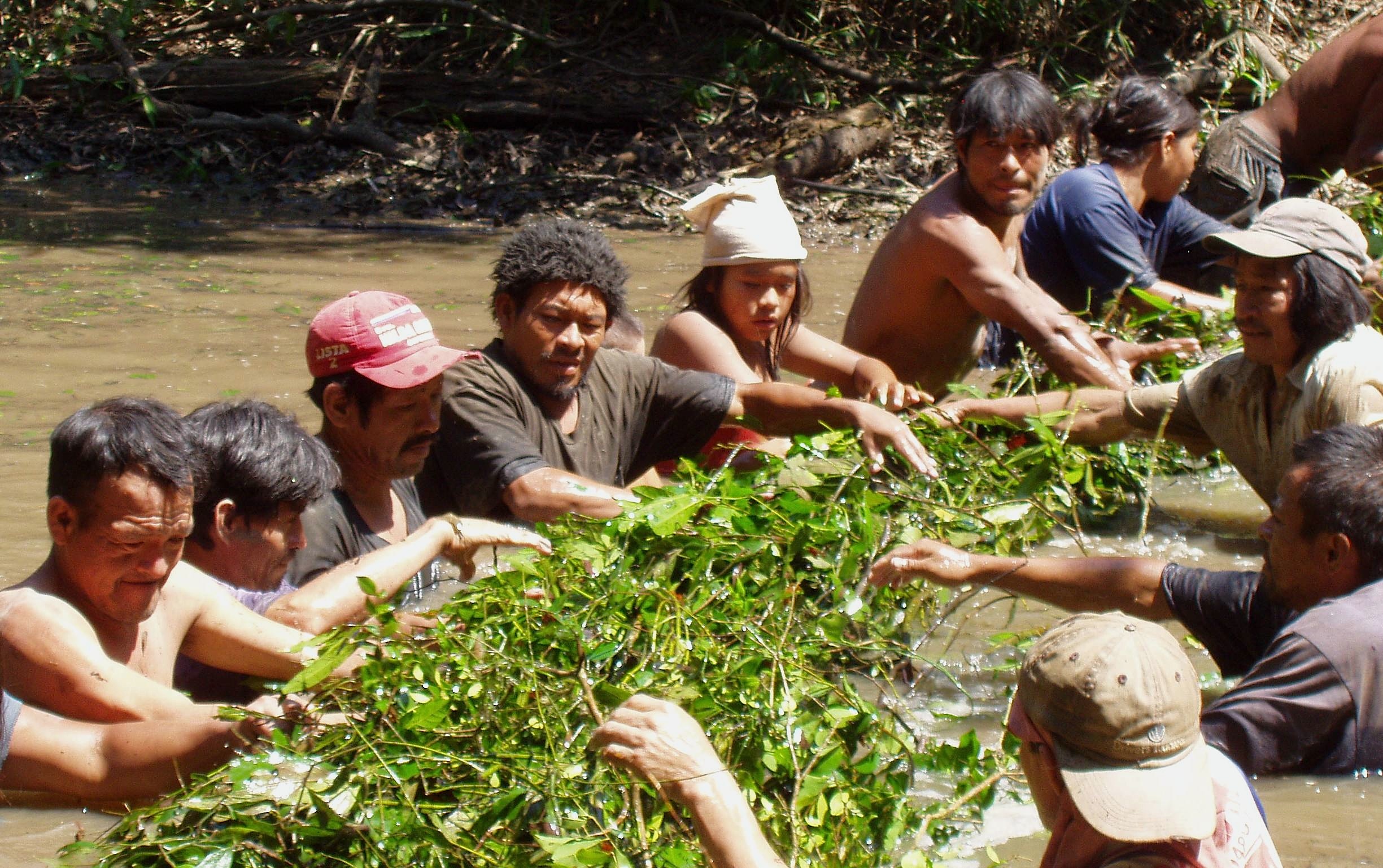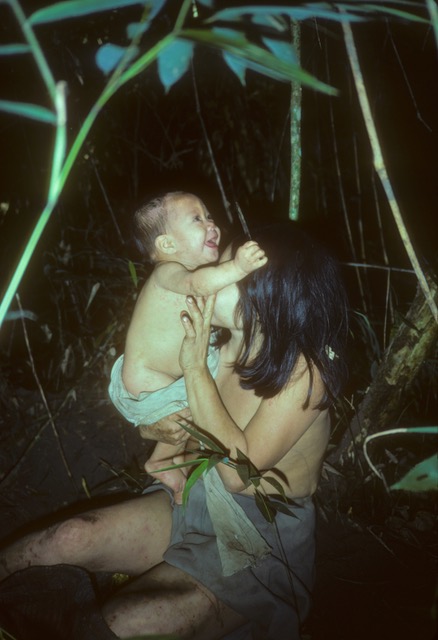Until recently, it was believed that certain aspects of musicality were universal to all human cultures, yet an Indigenous population in Paraguay has just shattered that assumption. Known as the Northern Aché, the forest-dwelling community is the only known human group that doesn’t sing to its babies or engage in dancing.
“This demonstrates that dance and infant-directed song – including lullabies – are not absolute universals,” Dr Manvir Singh from the University of California, Davis, told IFLScience. “A cultureless human will not spontaneously engage in them; you need some sort of cultural transmission to have dance and to have infant-directed song,” he explained.
All of which begs the question: what happened to the culture of the Northern Aché?
In a new study, Singh and co-author Professor Kim Hill describe how the latter spent 122 months of fieldwork living among the Northern Aché between 1977 and 2020, during which time the tribe’s population grew from 547 to somewhere around 800. Back in the 1930s, though, the community was made up of just 240 members.
In all his time living among the Indigenous group, Hill never once heard an adult sing to a baby, nor did he see anything that could be classified as dancing. What’s more, the Northern Aché did not know how to make fire, although some individuals recounted how their ancestors were able to do so, suggesting that this ability was lost relatively recently.
Yet the Northern Aché are related to and descended from other Tupi-speaking groups that do sing lullabies, dance, and make fire. Many of these groups also practice shamanism and horticulture and build canoes – none of which are present in Northern Aché culture.
According to the study authors, the ancestors of the Northern Aché most likely did engage in all of these activities, yet “reductions in population size that curtailed cultural complexity” eventually erased many of these traits.

Members of the Northern Aché community practicing communal fishing.
Image courtesy of Manvir Singh
“At some point before the Aché [emerged], they lost shamanism, horticulture, and [a clan-based social system],” says Singh, who has a new book out about shamanism. “Later, there was a split between the Southern Aché and the Northern Aché, at which point you lose fire and dance [in the latter]. But then later than that, the Northern Aché went through other demographic turmoil.”
For instance, Singh explains that “by the mid-1800s, Jesuit missionaries and slave raiders from Brazil had depopulated the part of Paraguay [inhabited by the Northern Aché].” Then, in the 1970s, “disease and forced out migration – essentially kidnapping by Paraguayans – led to further demographic collapse,” he says.
Things got even worse when the Northern Aché were forced onto reservations, at which point other cultural practices like hunting magic and polygyny were lost.
Despite all of this, Northern Aché individuals do sometimes sing to themselves. They also “frequently calm fussy infants using playful infant-directed speech, funny faces, and smiling or giggling,” explain the study authors.

A Northern Aché mother plays with her baby.
Image credit: Kim Hill
Yet the absence of lullabies and dance contradicts existing theories that these aspects of musicality are universal behaviors that serve key evolutionary purposes, such as fostering group cohesion and mother-infant bonding.
“Now, does that mean that that music did not evolve for these benefits? It’s still a bit complicated,” says Singh. “We can use fire as an example. People can forget fire, but it’s still clearly the case that our physiology has adapted to relying on cooked food, and so maybe we have adaptations to these behaviors, but they still require a lot of culture.”
The study has been published in the journal Current Biology.
Source Link: This Indigenous Tribe Has Tragically Forgotten How To Dance, Sing Lullabies And Make Fire